Sinharaja Forest Reserve
Sinharaja Rain Forest (a UNESCO World Heritage Site), the last viable remnant of Sri Lanka's tropical lowland rainforest spanning an area of 18900 acres is located within Sabaragamuwa and Southern provinces of the south-west lowland wet zone of Sri Lanka. Sinharaja is bounded by rivers on three sides. On the north, Sinharaja is bounded by the Napola Dola and Koskulana Ganga. On the south and south-west are the rivers Maha Dola and Gin Ganga. On the west are the river Kalukandawa Ela and river Kudawa Ganga. To the east of Sinharaja is an ancient footpath near Beverley Tea Estate and by the Denuwa Kanda. The two main nature trails of Sinharaja Rain Forest are those lead to the peak of Moulawella and the peak of Sinhagala. Both of these nature trails begins at Kudawa Conservation Centre (KCC) are equally enjoyable and enlightening. The forest is densly crowded with tall trees growing in close proximity, but winding trails make the trekking. Small streams of crystal-clear cool water, that is home to a variety of fish, toads and crabs, crisscross the trails. And the mixed species of birds are seen in the canopy of the woods.
Read More

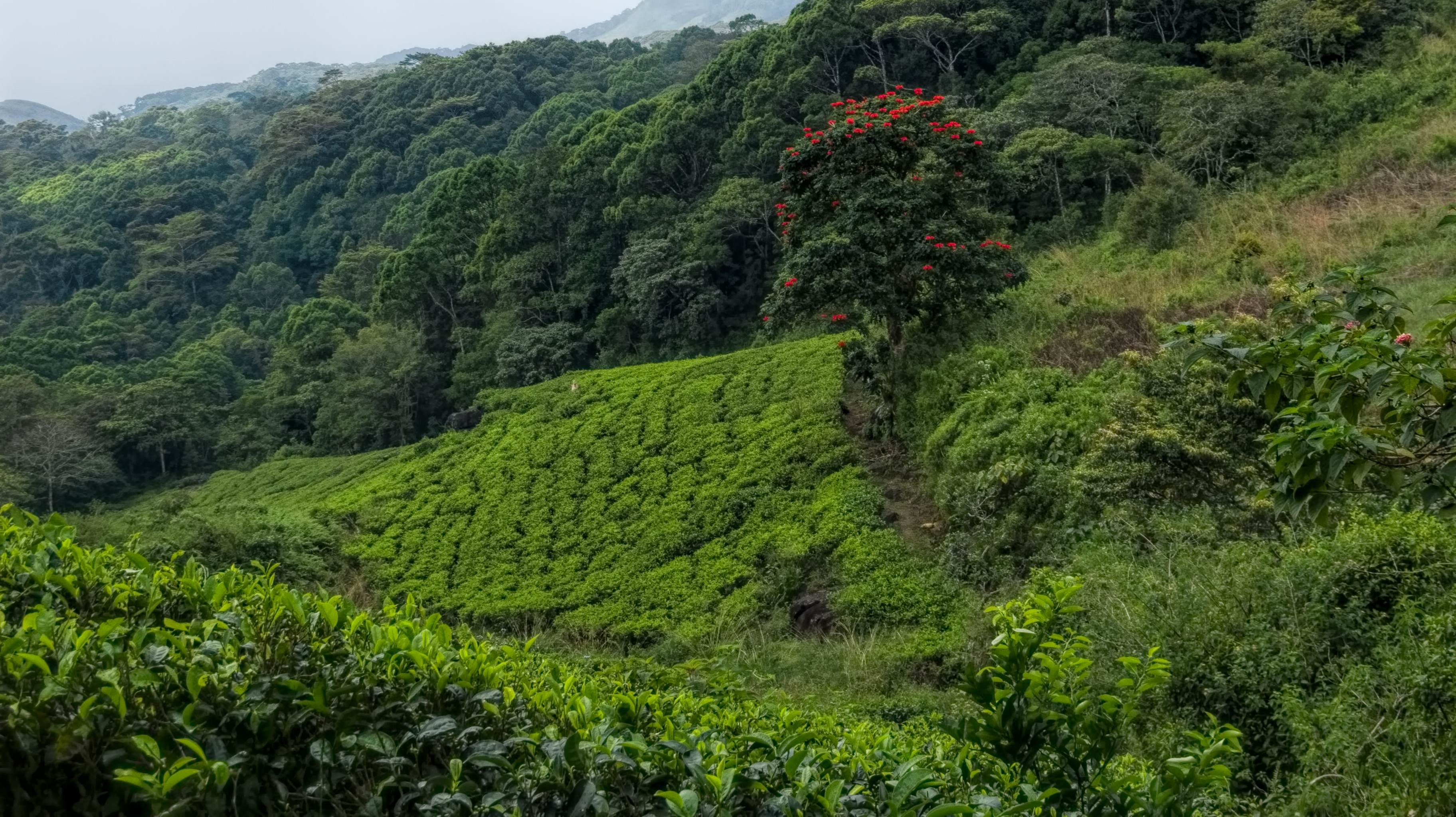
Yala National Park
Nestled in the south-eastern corner of Sri Lanka, Yala National Park is the island's principle national park and offers the greatest diversity of animal and birdlife in the country. The habitats found in the park are wide-ranging, from freshwater lakes to beaches, rocky outcrops to green plains and jungle. This creates an area of immense biodiversity and is one of the world's most popular destinations to spot the elusive leopard, who love to lounge on the huge granite boulders that dot the parkland. Yala has long, windblown beaches with crashing waves that make it dangerous for swimming, many of which are backed by sand dunes and lagoons and a backdrop of forests and plains. The experience of being on safari in Yala is virtually comparable to Africa, as you set off early in the morning by jeep and enjoy afternoon game drives, but it also offers the added cultural element of important Buddhist temples.
Read More
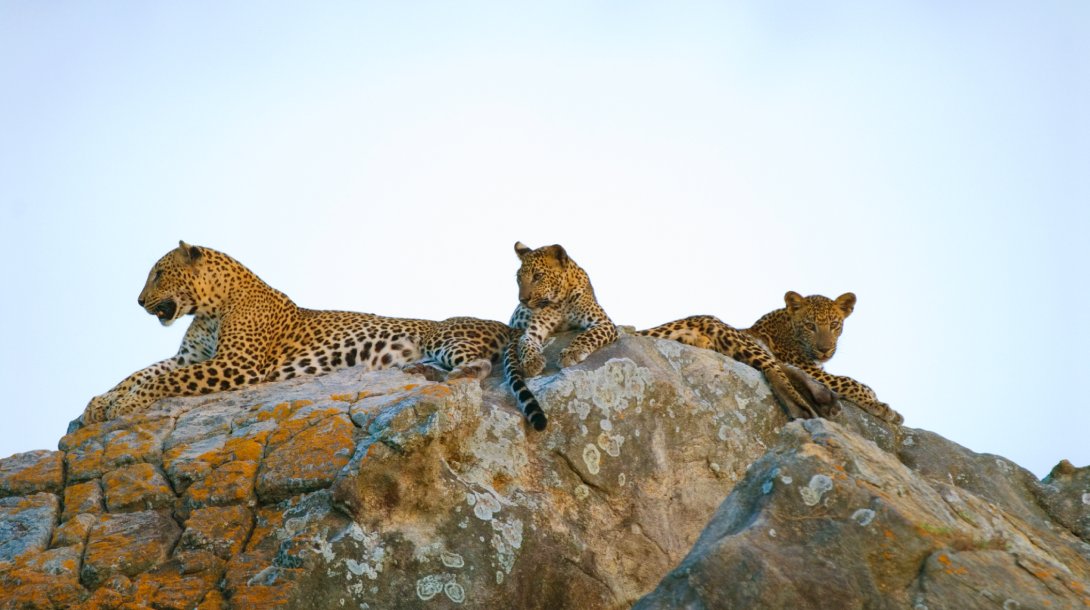
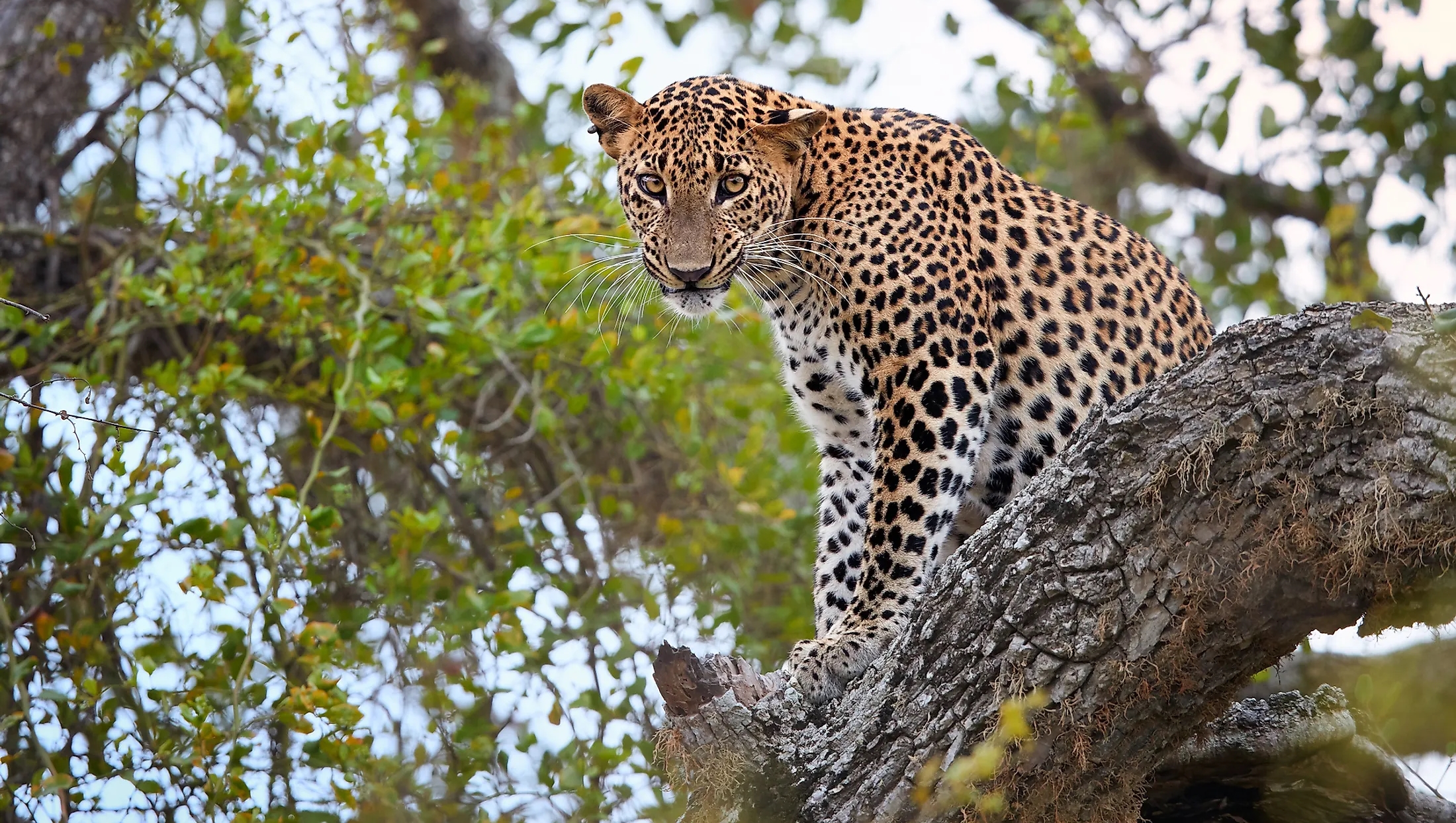
Horton Plains National Park
Horton Plains in Sri Lanka, is the coldest and windiest location in
the country. It consists of ecosystems such as Montane evergreen
forests, grasslands, marshy lands and aquatic ecosystem. At an
altitude of 2,100 meters above sea level, Horton Plains spreads
across over 3,169 hectares of the highest tableland of the island.
In view of the large number of endemic flora and fauna species,
Horton Plains was declared a UNESCO World Heritage Site on 30th July
2010. The most frequent site of wildlife at Horton Plains are herds
of Sambar Deer. Among the other mammals in the park are Strip-necked
Mongoose, Long-tailed Giant Squirrel Wild Boar, the endemic Bear
Monkey and Toque Monkey, Fishing cat, Otter and all of the Montane
endemics of Sri Lanka are found in Horton Plains. Sri Lanka bush
warbler, Dull-Blue flycatcher, Sri Lanka whistling thrush and the
yellow-eared bulbul, Sri Lanka Wood Pigeon, Sri Lanka White-eye,
Spot-winged Thrush, Dull-blue Flycatcher, Sri Lanka Bush Warbler,
Scaly Thrush, Sri Lanka Whistling Thrush, Brown-capped Babbler, Sri
Lanka Spur-fowl and Sri Lanka Jungle-fowl. Other highlights are the
Himalayan migrants Pied Thrush, Kashmir Flycatcher Indian Pitta.
Black Bird, Mountain Hawk Eagle, Black Eagle, Jerdon's Baza, Pied
Bushchat, Hill Swallow and Hill Munia.
Now the Horton Plains has become a happy field of herds of Sambar
Deer. However the growth population of Sambar Deer has resulted in
the increase of number of Leopards. Wild Boar, the endemic Bear
Monkey and Toque Monkey, Slender Loris, Fishing cat, Otter, Barking
deer, Strip-necked Mongoose, Long-tailed Giant Squirrel are some of
the other mammals found here. Until a century ago, Horton Plains was
rich with Elephants. Then the whole population was hunted down to
extinction by the British colonialists in Sri Lanka then called
Ceylon. Today Horton Plains is the only national park in Sri Lanka
where elephants aren't seen at all.
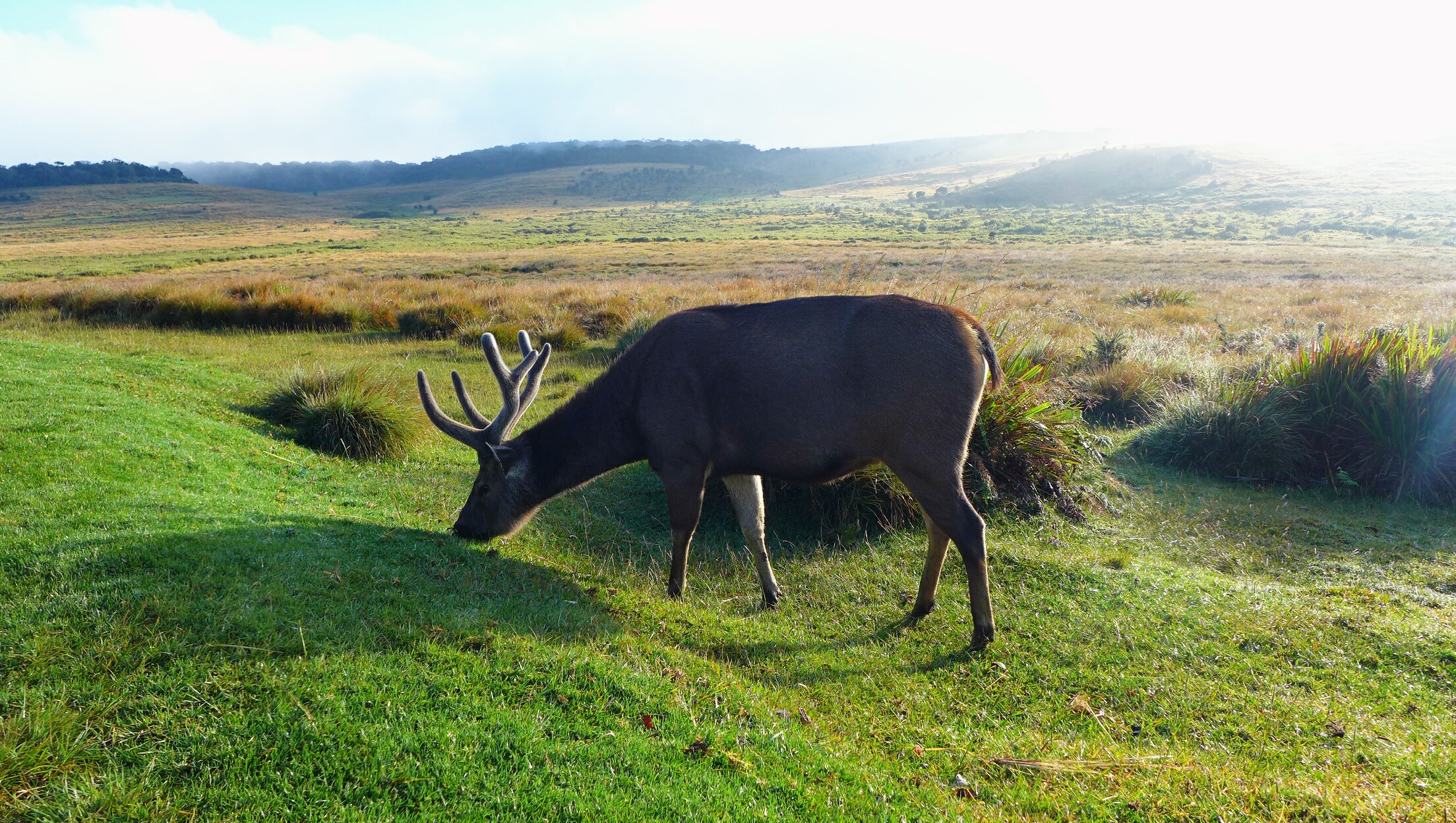
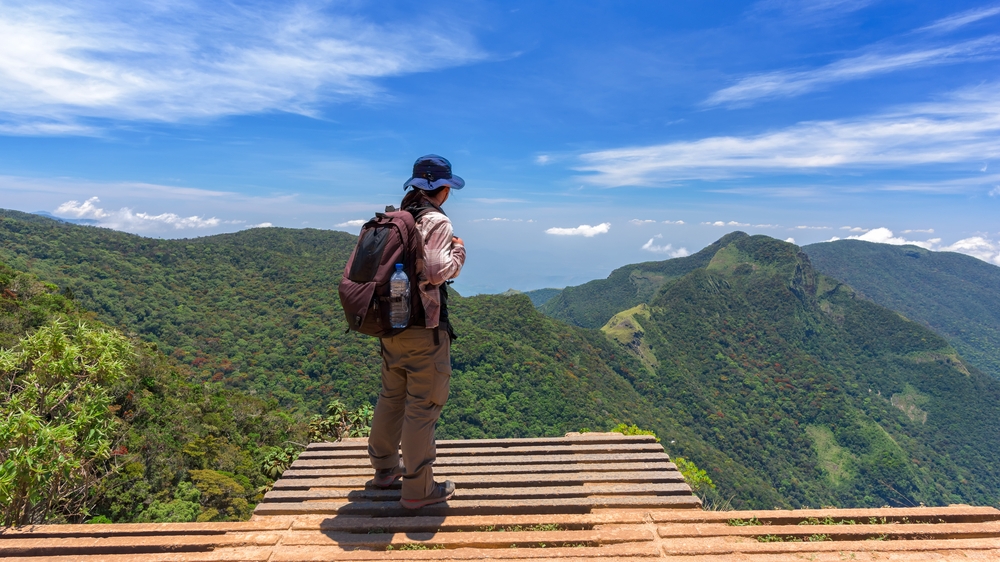
Udawalawe National Park
The park is situated just south of the Central Highlands, of which escarpment brings about an enrapturing backdrop. At the center of the park lies the Udawalawe Reservoir. Udawalawe National Park established in the year 1972, with the objective of protecting the catchment area of Udawalawe reservoir, which provides water for agriculture and hydro-power generation spreads over an area 30,821, resembles an African game park: it is mainly thorny-shrub jungle with grasslands. Udawalawe is undoubtedly the best place in Sri Lanka to see wild Asian Elephants throughout the year: there are about 500 elephants in the park and they often roam in herds of up to 100. Udawalawe National Park is unique in terms of consistency in numbers of elephants roaming the park: it has no a seasonal variation in herds of elephants. The best hours to visit the park are in the mornings and evenings. Late evening also affords the photographic opportunities in the backdrop of loveliest sunsets.
Read More
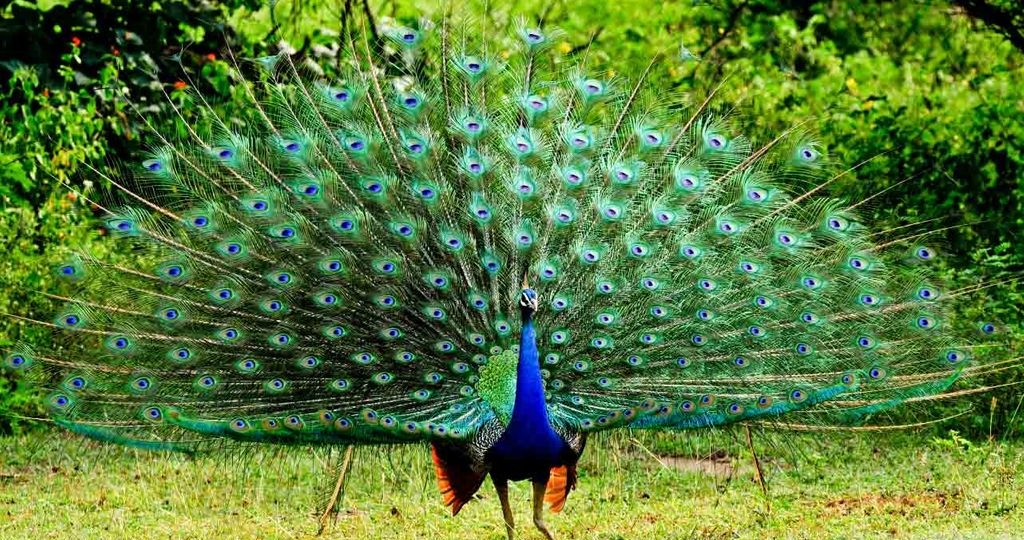
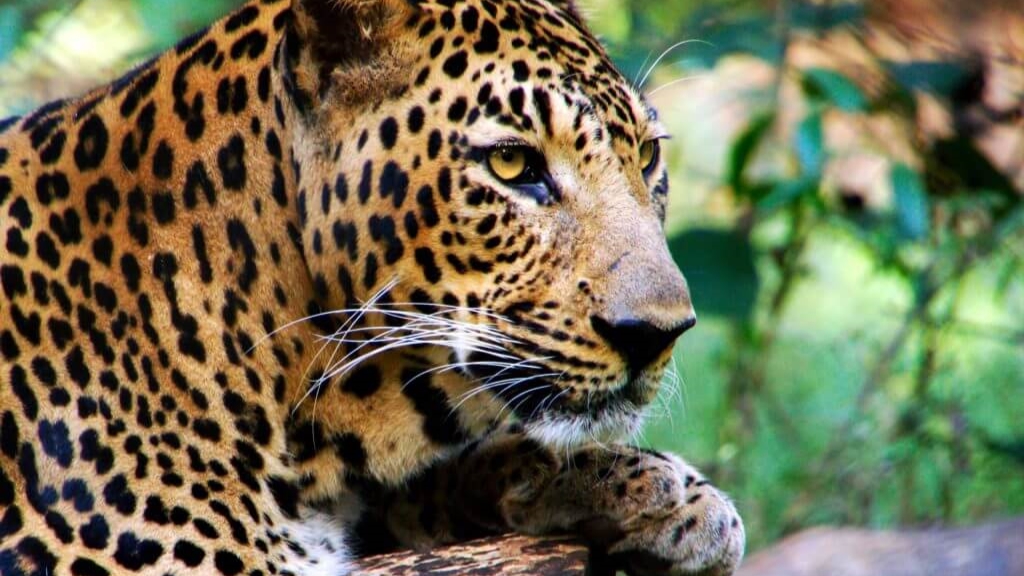
Wilpattu National Park
Wilpattu National Park is located 25km north of Puttalam or 30km west of Anurdhapura. The park that lies on the northwest coast spans the border between North Central Province and North Western Province of Sri Lanka. To the south of Wilpattu National Park is River Modergam Aru; to the north is River Kalay oya. Reaching Wilpattu National Park Colombo-Puttalam A3 highway leads to the city of Puttalama. 42 km along the A12 Puttalama- Anuradhapura highway is a large sign board that reads Willpattu National Park. 7km along the road that turns to the left at the sign board takes you to the entrance of the park at Hunuwilagama. Wilpattu was declared a wildlife sanctuary on the year 1905. On 25th February 1938, the sanctuary was elevated to the status of National Wildlife Park. On 7th November 1947, the northern area of Wilpattu was declared as Wilpattu North Sanctuary. Wilpattu National Park's varying natural habitats; coastal belt, natural lakes (villus), rocky outcrops, scrublands, open grasslands and dense forest provide for numerous species of animals. Among the species are 31 mammals. The biggest draws in Wilpattu are Leopards (Panthera pardus kotiya) and Sloth bears (Melursus ursinus). Apart from those two mammals are Asian Elephants (Elephas maximus), Spotted Deer, Barking Deer, jackals, sambhur, barking deer, mouse deer Wild Pig, Water Buffalo (Bubalus bubalis) and Mugger Crocodiles.
Read More
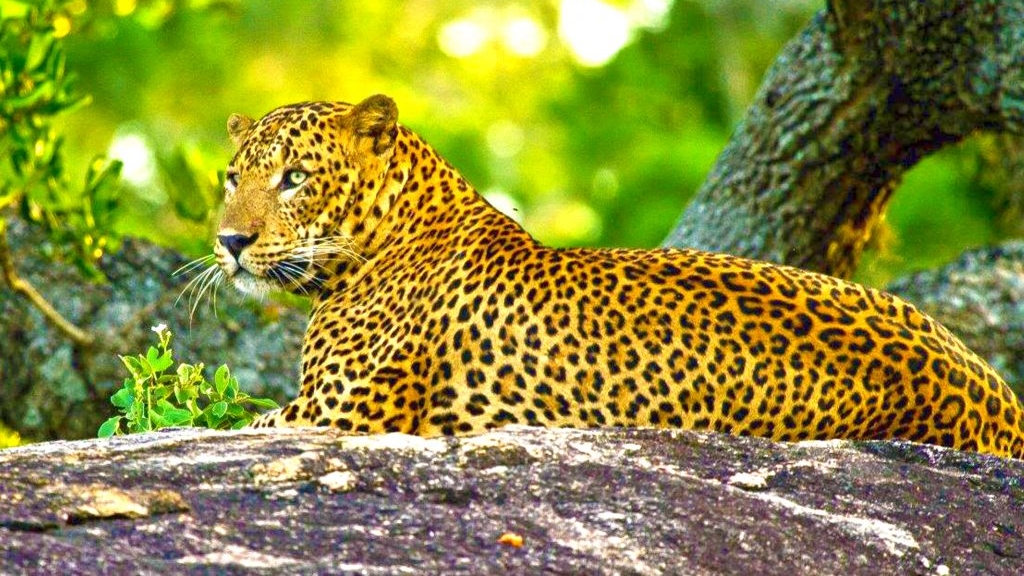
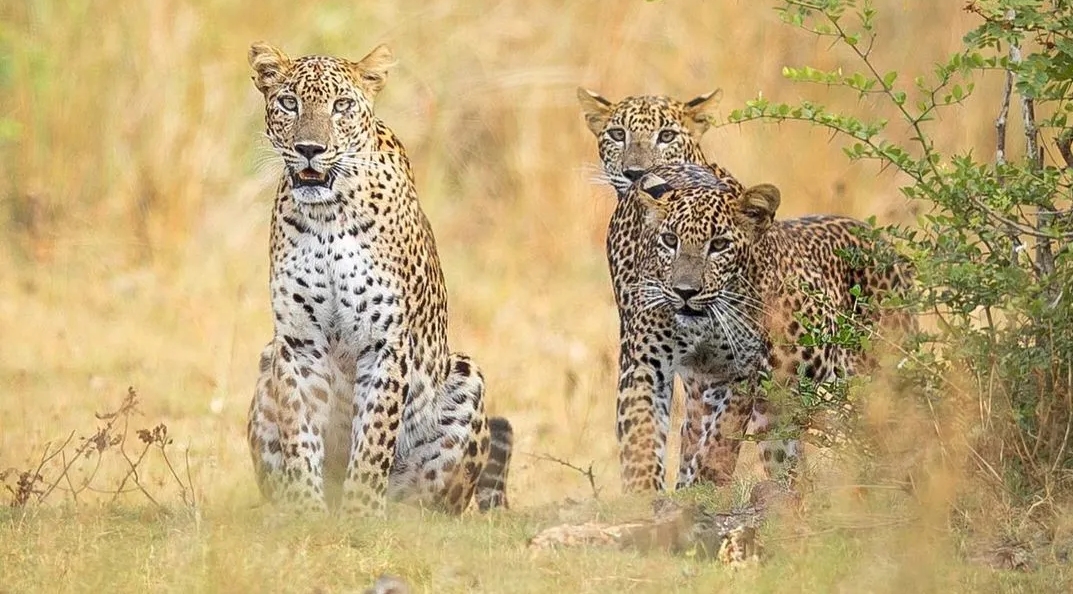
Wasgamuwa National Park
From Kandy: Kandy, Hasalaka and Hettipola. Approximately 50km
northeast of Kandy. Turn off at Hasalaka on the Kandy-Mahiyangana
road and proceed via Wilgamuwa upto Wasgamuwa. Visitors from Matale
and Polonnaruwa areas can reach Wasgomuwa via Laggala and Wilgamuwa.
The Wilgamuwa Japan Bridge provides the easy access to visitors
coming from the Mahaweli system-C. From Dambulla and Polonnaruwa
ancient cities, through Bakamuna, Elahera and Laggala - Pallegama
Wasgamuwa National Park (Wasgomuwa) spanning over 36,900 hectares is
bordered by River Mahaweli Ganga and River Amban Ganga in east and
west. The altitude varies from over 500m at the Sudu kanda hill to
just 76m along the Mahaweli Ganga. The combination of a number of
small reservoirs and Sudu kanda mountain range affords fine trekking
opportunities for keen hikers.
The center of the attraction is herds of elephants up to 150. The
best time to enjoy the sight of large herds is during November to
May. In the rest of the year the elephants tend to migrate to nearby
Minneriya and Kaudulla national Parks. Other wildlife includes
Purple faced langur monkeys, wild boar, sambar and spotted deer,
buffalo and rarely sighted leopards and sloth bears. Among the
reptiles are water monitor, mugger crocodile, estuarine crocodile
and python (Python Molurus).
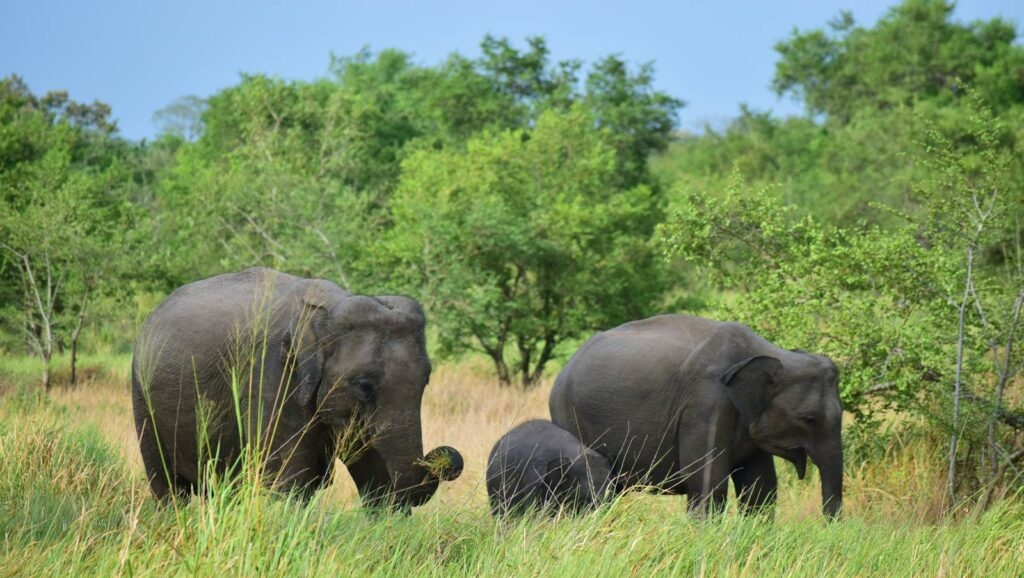
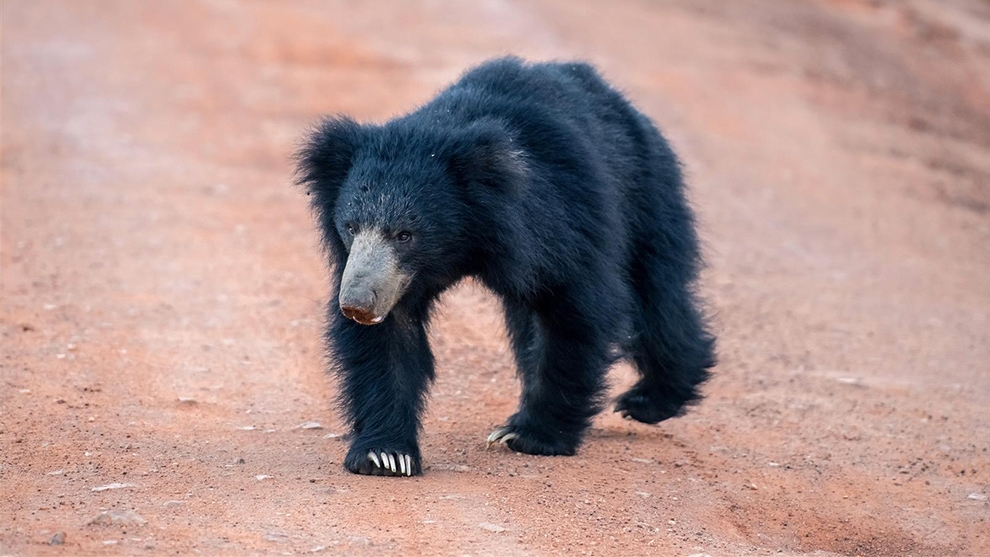
Udawattakale Forest Reserve
Udawalawe National Park, the sixth largest animal sanctuary of Sri Lanka is located 180 km from Colombo in south-central sector of the island. The entrance to Udawalawe National Park is located near 11km post between Timbolketiya and Tanamanwila on Pelmadulla-Timbolketiya A18 road. Keeping company to the herds of elephants, the main attraction of the park are the Water Buffalo, Wildboar, Spotted Deer, Sambur Deer, Jackal, Samber, Black-naped hare, mongooses, bandicoots, foxes, s the endemic Toque Macaque and Gray Langers. Sighting a Leopard and other smaller cats like Fishing cat & Jungle cat would be a bonus. Udawalawe is undoubtedly the best place in Sri Lanka to see wild Asian Elephants throughout the year: there are about 500 elephants in the park and they often roam in herds of up to 100. Udawalawe National Park is unique in terms of consistency in numbers of elephants roaming the park: it has no a seasonal variation in herds of elephants. The best hours to visit the park are in the mornings and evenings. Late evening also affords the photographic opportunities in the backdrop of loveliest sunsets.
Read More
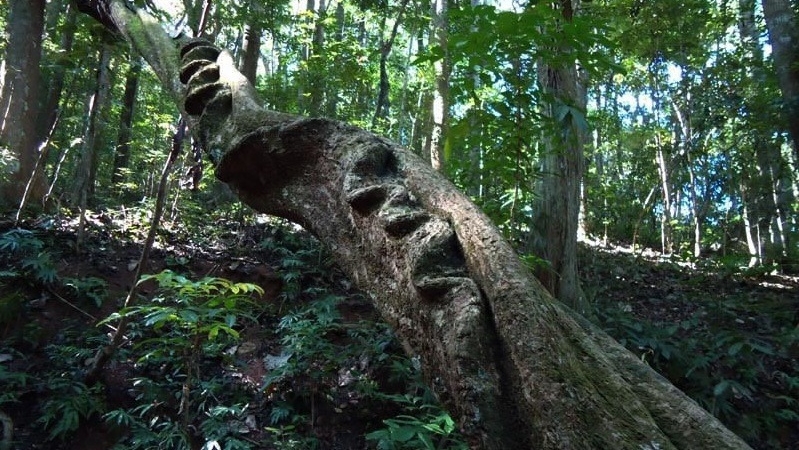
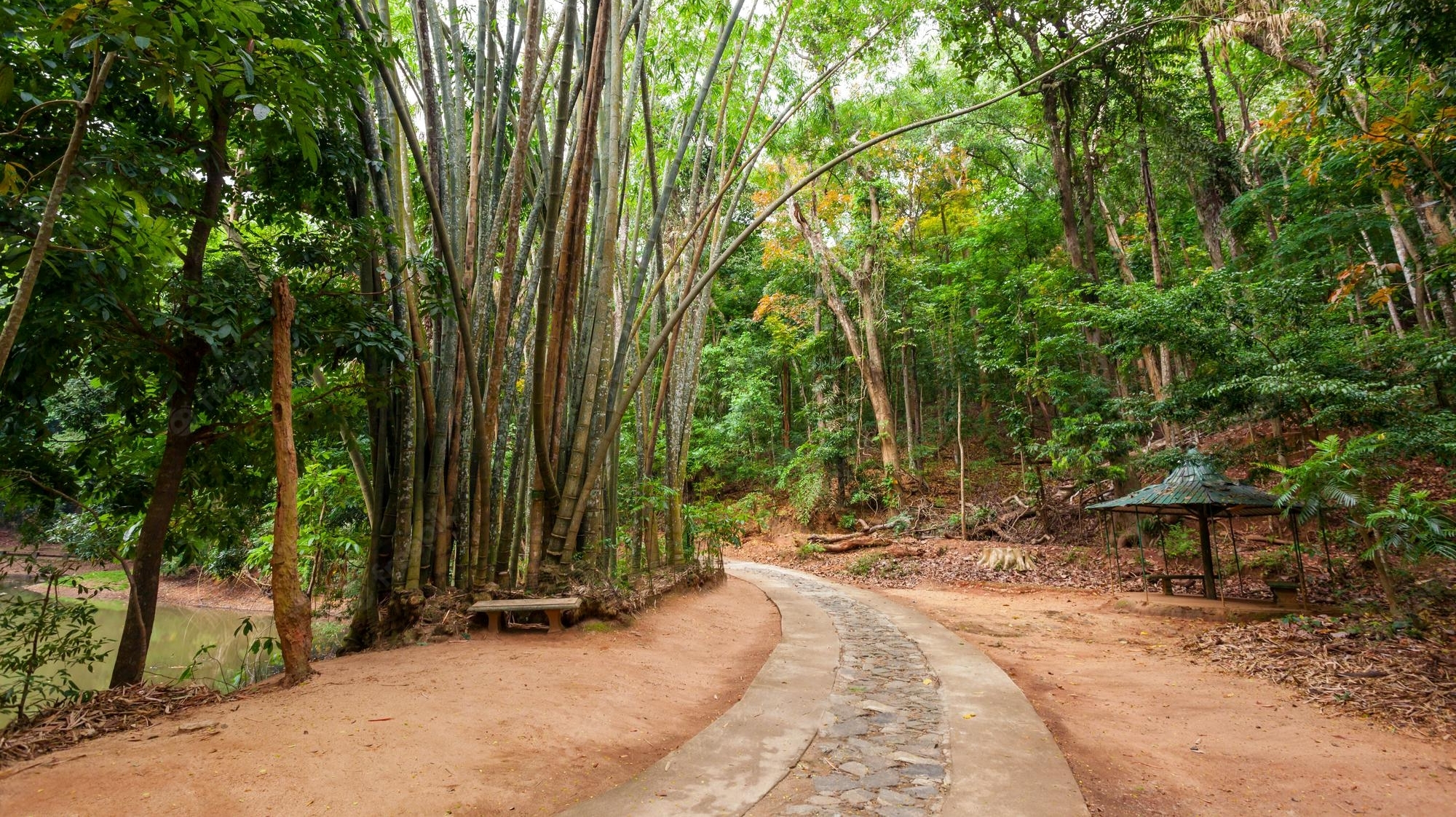
Kaudulla National Park
Kaudulla National Park is located 190 km away from Colombo in the Polonnaruwa district of the north central province of Sri Lanka. Kaudulla can be reached by Colombo- Trincomalee main road. The entrance to Kaudulla is 22 km north of the village of Habarana. The closest railway station is at Minneriya. Kaudulla National Park was opened in 2002 providing the elephants more expanses in the wilderness, in the process connecting to the elephant corridor between Minneriya and Wasgomuwa national parks to the south. Kaudulla also connects Somawathiya National Park to the east. The centerpiece of the park, Kaudulla reservoir draws herds of elephants during the dry season. September and October are the best times to visit Kaudulla to enjoy the sight of large herd of elephant. 211 beasts were counted in Kaudulla in 2008. Habarana road too lies in the midst of the elephant domains. Vehicles travelling in the evening to/from Kaudulla National Park often come across these beasts, who are now well used to human interference. Apart from the elephants, Kaudulla National Park is home to 23 species of mammals including Sambar Deer, Sri Lankan Axis Deer, Chevrotain, Wild boar, Leopard, and Sloth Bear are other mammals. Very rarely one could spot leopard and sloth bears. The best period of time to visit this park is during the months of June to September. Tourists find a ride in Paddle-boats on the lake an excellent opportunity to enjoy bird watching.
Read More
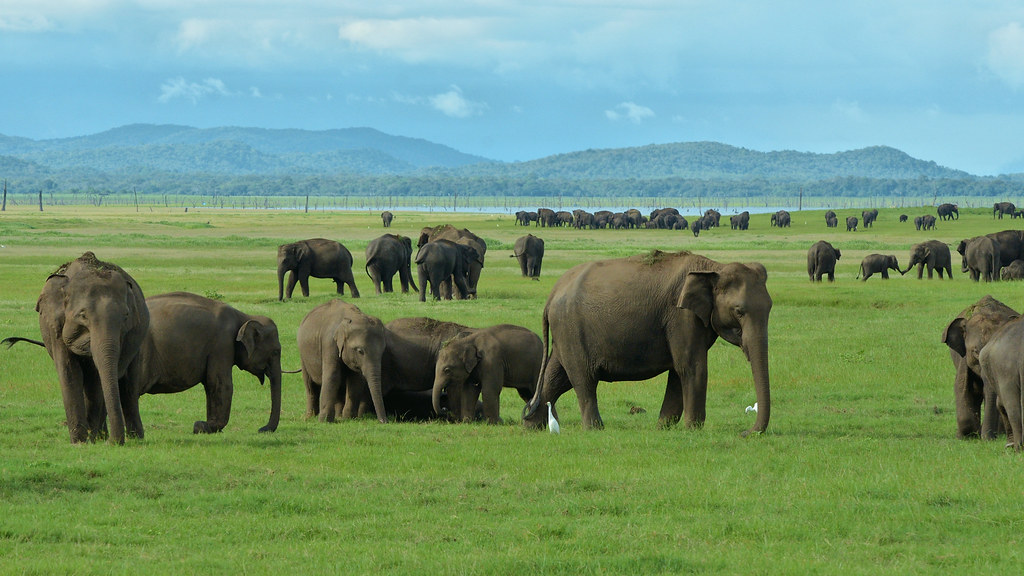
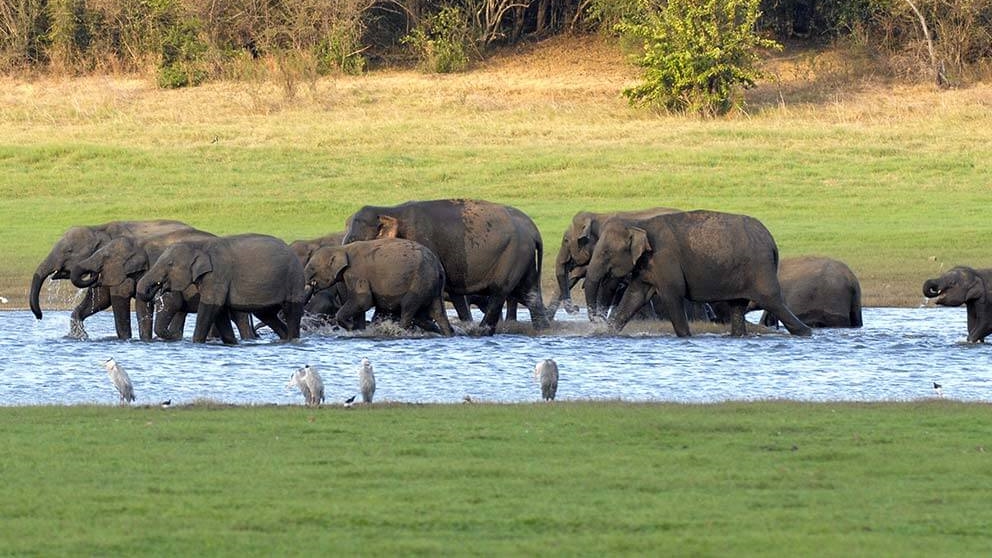
in a glance.....
| Destination | Area | Fauna | Flora | Avg. Temp | Rainfall | Open Hours |
|---|---|---|---|---|---|---|
| Sinharaja Forest Reserve | 34.22 sq mi |
Purple-faced langurs, Leopards, Green-pit Viper, Hump-nosed Viper, Drongo, Orange-billed Babbler, Red-faced Malkoha, Ceylon Blue Magpie |
240,000 plants per hectare (the most dense rain forest in Asia.) Mesua nagassarium Depterocarpus zeylanicus Atlantia rotundifolia Kokoona zeylancia Loxococcus rupicola Elattaria Coscinium fenestratum |
66.2 ℉ to 93.2 ℉ |
3000 - 6000 mm Min. rainfall of 200 mm. Rain throughout the year. |
6AM to 6PM |
| Yala National Park | 377.919 sq mi |
Leopards, Elephants, Bears, Water Buffaloes, Kraits, Cobras, Russell's Viper, Mugger Crocodile, Peacocks |
Rhizophora mucronda
Sonneratia caseolaris Avicennia spp. Aegiceras corniculatum Acanthus ilicifolius Excoecaria agallocha Asparagus racemosus |
Avg. of 91 ℉ |
1281 mm Lot of rain in October, November and December |
6AM to 6PM |
| Horton Plains National Park | 12.2 sq mi |
Sambar Deer, Purple-faced Langurs, Wild Boars, Grizzled Giant Squirrels, Fishing Cats, European Otters, Crested Serpent Eagle, Yellow-eared Bulbul |
Calophyllum walkeri
Syzygium rotundifolium Cinnamomum Strobilanthes spp. Gordonia Rhododendron arboreum Rhodomyrtus tomentosa |
77 ℉ to 81 ℉ |
2540 - 5000 mm Heavy rainfall in October and November |
6AM to 6PM |
| Udawalawe National Park | 119 sq mi |
Elephants, Leopards, Sambar Deer, Axis Deer, Wild Boars, Water Buffaloes, Indian Hare, Indian Muntjae, Peacocks |
Hopea cordifolia
Memecylan petrolatum Jasminum angustifolium Pancium maximum Vitex pinnata Adina cordifolia |
71.6 ℉ to 89.6 ℉ |
1500 mm Heavy rain in April and May, October and November |
6AM to 6PM |
| Wilpattu National Park | 508.37 sq mi |
Leopards, Elephants, Sloth Bears, Water Buffaloes, Sambhur, Spotted Deer, Mongoose, Black-headed Ibis, Monitor Lizard, Indian Python, Common Cobra, Peacocks |
Manilakara hexander
Chloroxylon swietenia Vitex altissima Drypetes sepiaria Diospyros ebenum Aleseodaphne semecapriflolia |
Avg. of 81 ℉ |
1000 mm Heavy rain in December and February |
6AM to 6PM |
| Wasgamuwa National Park | 151.82 sq mi |
Elephants, Water Buffaloes, Purple-faced Langur, Axis Deer, Leopards, Sloth Bears, Peacocks |
Cryptocoryne walkeri
Munronia pumila Chloroxylon swietenia Manilakara hexandra Petrosperum canescens |
Avg. of 82 ℉ |
1650 - 2100 mm Heavy rain in January and October |
6AM to 6PM |
| Udawattakale Forest Reserve | 0.40 sq mi |
Layard's Parakeet, Mouse Deer, Indian Boar, Golden Palm Civet, Brown Fish Owl, Heterometrus spp. |
Acronychia pedunculata
Artocarpus nobilis Aglaia elaeagnoidea Cinnamomum verum Glycosmis pentaphylla Hunteria zeylancia Mesua ferrea |
71 ℉ to 84 ℉ |
1773 mm Heavy rain in April, August, September, October, November and December |
8AM to 5PM |
| Kaudulla National Park | 26.64 sq mi |
Elephants, Axis Deer, Sloth Bears, Gray Slender Loris, Leopards, Samber Deer, Chevrotain |
Microcystis spp.
Manilkara hexandra Chloroxylon swietenia Randia dumetorum Calotropis gigantea Pancium maximum |
Avg. of 68 ℉ |
1500 - 2000 mm Heavy rain in October to November, May to September |
6AM to 6PM |
| All Rights Reserved. © 2022 Ceylon Wildlife Department. | ||||||